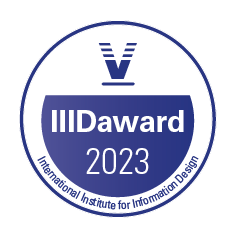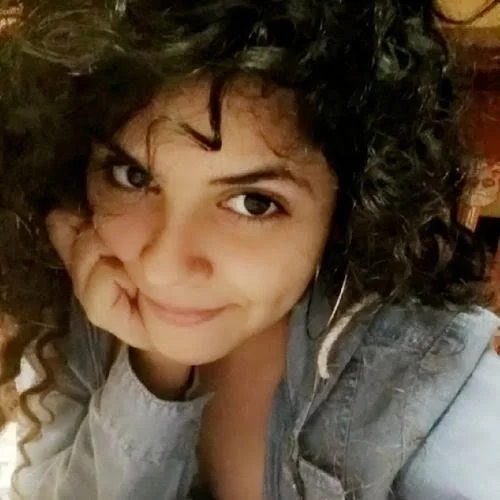Elianna Penkar
“Symbolism and Emojis”
Symbolism has been a key method of expression in art, design, and literature. Whereas, functional signs have been crafted specifically for the purpose of clear communication. With the growth of computer-mediated communication, never before have symbols and signs been so easily accessible for public use. Emojis have helped strengthen communication and grown drastically in usage over the years - with over 3000 emojis available to users across different platforms and interfaces and with personal customizations, they blur the lines between function and creative expression, stepping into a new world of ambiguity. Its growing popularity has created a new area of study and sparked interest in the possibility of emojis becoming a language by itself. This ambiguity that exists with emojis, poses questions on the previous notion of signs serving a specific function. And from a design perspective, poses new challenges for designers to create something ambiguous enough to be usable. One area of concern for a designer would be how emojis differ in style across different interfaces. This issue has led to a loss in meaning as some users use emojis metaphorically. A simple stylistic difference can change the overall tone of the icon. Speaking of tone, in a completely different instance, we can state how emojis assist to detect tone. The application Grammerly helps identify the tone of an email, it also assigns emojis to the detected tone. This alone could provide a volume of data on the way we communicate and the overlap with the use of emojis. There has also been a rise in the use of emojis in graphical communication in advertising and illustration. Commercial artists have always used communication tools to express messages and there's been an inclusion of emojis in this expression - a new material. This is to say that the functional signs are interpreted in a symbolic way not only in the way that people communicate but now in the way people make images. We have reached a point where there's a shift from emojis being a paralanguage to it being much more. We are amidst this shift, contributing to it and playing a part in shaping what it’s going to be, laying the roadmap for future communication. It is important to further study and understand the above-mentioned shift. To watch how people express themselves through this tool and the challenges they face to help in its evolution. These signs are no longer in the hands of the designer but the user, they pave the path of their meaning. With emojis integrated across a variety of platforms in so many digital spaces, we are working with a tool that will determine the future of communication. Nevertheless, it is important to study the latter, analyze it and improve it. A language of its own, how much can we measure the capacity of emojis to completely change the way we speak and the way our books are written - the respective matter requires further study in multiple dimensions and areas, such as social, personal, political, and economic. Moreover, in the growing trends of disinformation in the digital world - the role of emojis in online manipulations remains an important aspect to delve into.
Biography
Elianna Mayer Penkar is a graphic designer & illustrator from Mumbai, currently based in Tel Aviv. Before moving to Tel Aviv, Elianna completed her MA in graphic design from UCA, England where she discovered her love for design research. She is most interested in the ambiguous use of signs and symbols.
< previous - program - next >

